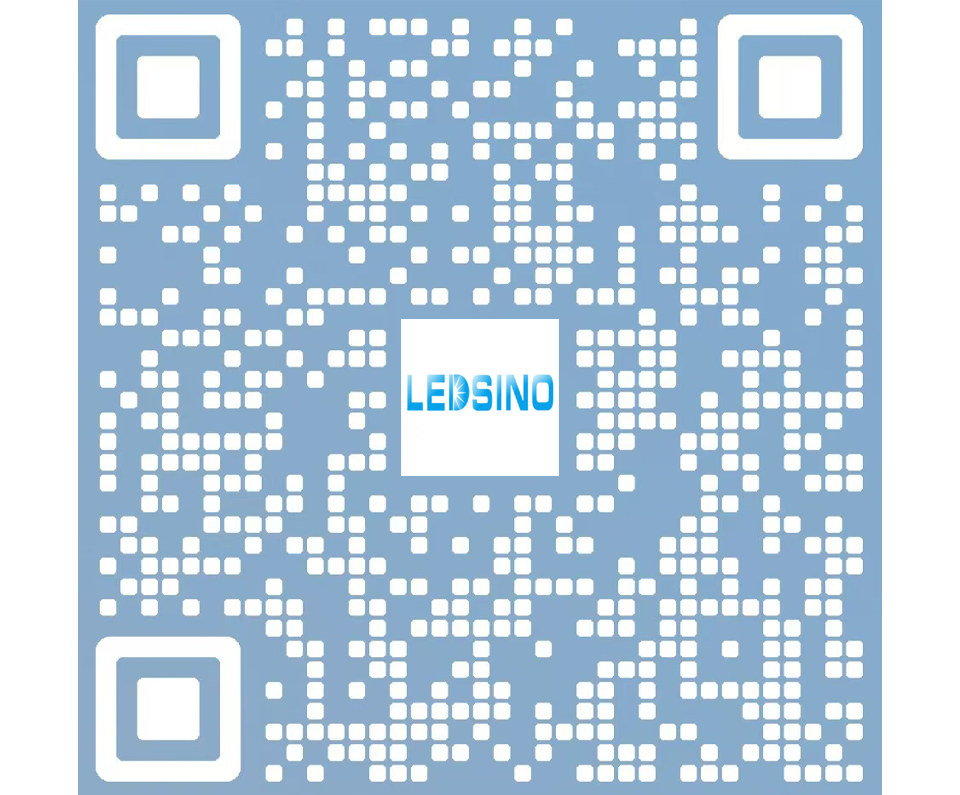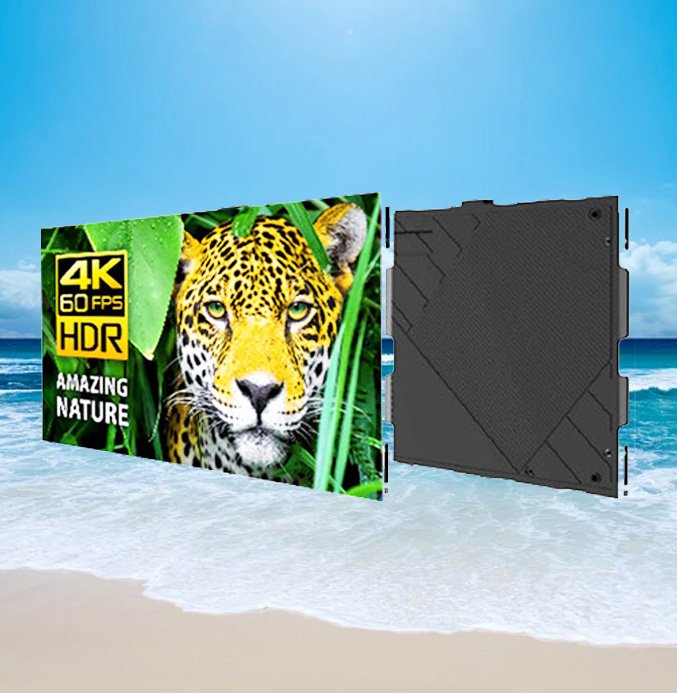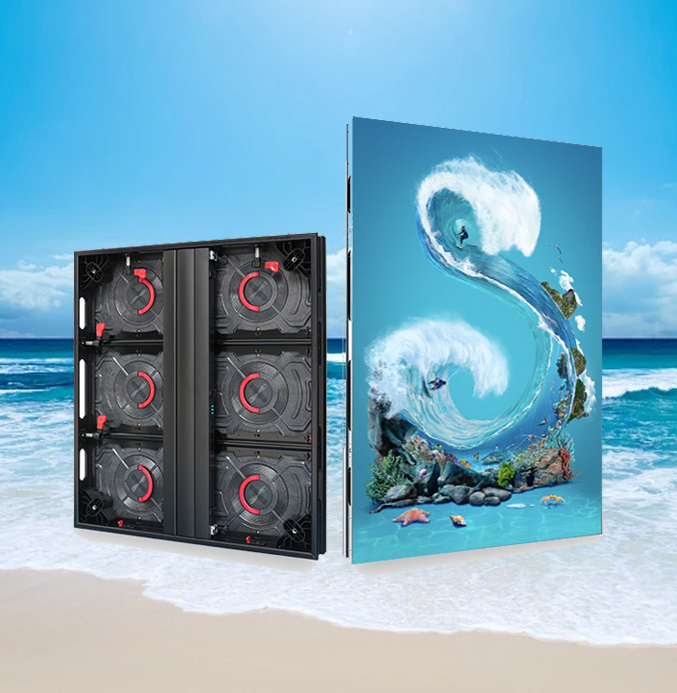The pixel pitch determines the distance between the viewer and the screen, which maximizes the viewing experience. If the viewing distance is inappropriate and the pixel pitch is optimized, the viewing experience will likely be better. Read on to learn more about pixel pitch and ideal viewing distances.
What is Pixel Pitch?
Pixel pitch meaning or pixel pitch definition is the distance between individual LED pixels on a screen or video wall. Typically, the unit for measuring LED pixels is millimeters. Pixel pitch ranges from 1 mm to 40 mm.
Thus, you could get something like P6 or P4. The number denotes the pixel pitch, so it will be more if there are more spaces between each pixel pitch.
A higher pixel pitch number is better since it allows long-distance viewing and is suitable for concert signage and billboards. Yet, a lower number denotes less distance between individual pixels, which increases the pixel density and enhances resolution.
How Does Pixel Pitch Work?
Before buying an LED display or pixel pitch monitor, you must decide in advance what pixel pitch you would like to use. Budgetary constraint and necessity dictates the pixel pitch you choose.
Typically, the density of pixel pitch determines the image clarity. Thus, the image resolution quality increases as the pitch pixel increases, making the screen appropriate for indoor viewing.
Types of Pixel Pitches
Pixel pitches determine the type of LED display you get. Here are some of the most common types of pixel pitches.
Large Pixel Pitch
As the name suggests, these are the most significant pixel pitches, more significant than 5 mm. These pixel pitches are large and enhance outdoor viewing. The larger pixel pitch makes the footage/image clear when viewed from a distance.
That is why you will find them in billboard screens, scoreboard screens, and digital billboards in stadiums and open spaces. They allow viewers to enjoy the proceedings irrespective of the distance.
Standard Pixel Pitch
Since the pixel pitches vary in size, those between 2mm and 5 mm are standard pixels distinct from other displays. The pixels are versatile and ideal for both indoor and outdoor viewing. They find applications in rental signage, sports stadiums, and digital signage.
Fine Pixel Pitch
Fine pixel pitches, or FPPDs, are ideal for close viewing, control rooms, and up-market retail shops. They have a pixel pitch below 2 mm and offer quality images.
Factors that Impact the Pixel Pitch
Pixel pitches determine the quality of images or content from the LED screen. Factors impacting pixel pitches are critical and worth considering when buying an LED screen for a particular purpose. The most critical ones include:
Application Setting
The resolution settings impact the LED wall pixel pitch size and the display. The setting allows the user to determine the minimum or maximum resolution they get, allowing one to choose a resolution that maximizes viewing.
Screen Size
The size of your LED display screen or monitor pixel impacts the ultimate image of the content. A larger screen accommodates a higher pixel pitch, enhancing the images.
Cost Considerations
The size of the pixel pitch determines the quality of your LED display. Unfortunately, the bigger the size, the more costly your LED display will be. So, your desired image quality and the cost consideration should be balanced.
Ambient Light
Lighting enhances the quality of your images; the more lighting, the better the quality. Therefore, a smaller pixel guarantees visual clarity if your environment is well-lit, allowing you to enjoy your movie or game without impacting your vision.
Content-Type
The pixel pitch selection also depends on the content you want to watch. A smaller pixel pitch suits high-resolution videos, text, and graphics. However, going for high pixels will be fine if you view low-resolution videos and images.
Viewing Distance
The distance you will be watching your screen or pixel pitch monitor from is an important consideration. A smaller pixel will be appropriate for viewing footage in control rooms.
Similarly, a smaller pixel will serve you well if you use it in high-end stores. However, the large pixel pitch will serve the purpose of the screen serving a bigger audience on stages and auditoriums.
Typical Pixel Pitch Measurement
Knowing Pixel pitch measurements is essential since it will help you pick an appropriate LED display. In general, indoor screens will do with a 4mm pixel pitch, while signage applications will be comfortable with a 5mm to 6 mm pixel pitch.
In addition, indoor offices and retail stores will be comfortable with a range of 4mm to 20 mm because the viewers will be close to the screens. Yet, the 6 mm pixel pitches are ideal for travelers viewing the screen on the go. However, the larger pixel pitch of 11mm in a shop window will be suitable because people will view them across the roads.
LED displays with the biggest pixel pitches ranging between 16 mm and 25 mm work because of the increased light and the distance between the screens and the viewers.
More miniature digital billboards require a 16mm to 20 mm pixel pitch range, while more enormous billboards will do with 25 mm to 32 mm. As you can see, these pixel pitches are more extensive and only suitable for outdoor applications. As such, the cost for such larger pixels is high and may require an expanded budget.
Why is Pixel Pitch Important?
Pixel pitch is an essential factor when contemplating buying an LED wall. It determines the content you will view and the overall viewing experience.
Are you looking for a better resolution? A smaller pixel-pitch LED screen will service. Such screens yield crystal-clear pictures with finer details and smooth borders. But if you are viewing your video from a distance, the increased pixels will be fine since the audience will be seated further away from the screen.
Lower pixel pitches are expensive because they require costly materials and laborious manufacturing processes. Generally, the higher the pixel pitches, the lower the price, and vice versa.
Also, higher-pixel pitches are likely to get outdated faster than lower-pitch pixels. Thus, lower pixel pitches are future-proof and protect you from future technological changes.
Choosing the Right Pixel Pitch
When choosing a pixel pitch for your LED screen, the screen size and viewing distance are among the few factors you may need to consider. Similarly, the environments where you will be viewing it and the cost are critical factors you cannot ignore.
Board size
Knowing the desired size of your LED board is essential since it will enable you to pick an optimal pixel pitch. Dividing the horizontal dimension by 6.3 will give you the pixel pitch in mm. It may be a different estimate, but it will provide a reasonable estimate of the ideal pixel size for your LED wall.
LED Screen
The desired viewing distance is an important consideration when choosing the pixel pitch. If it is a billboard, look at how far the highway is from the billboard and divide the distance by 8 to give you the estimated pixel pitch in mm. For instance, a 40-foot viewing distance would require dividing 40/8= 5 mm. pixel pitch.
Outdoor or Indoor
Smaller screens will serve you well if you buy a screen for indoor viewing, such as a lounge, hallway, or indoor screen. However, if you are interested in screens for outdoor viewing, the more significant pixel pitch type will serve the purpose.
The Screen Resolution
The purpose for which you want to deploy the screen determines the resolution you pick. A higher resolution screen is essential when looking for clarity and sharper images. In such a case, the smaller pixel pitch will do.
On the contrary, if the detail is unnecessary or you are weary of power bills, go for a low-resolution LED screen. In such a scenario, a large pixel pitch may serve the purpose.
The Budget
Finally, you can only buy what you can afford. So, your budget is a critical consideration when purchasing your LED wall. Consider the use of your wall screen and the resources available. Contemplating buying a superior pixel pitch you cannot afford is a waste of time. Therefore, consider your budget and decide on the right pixel pitch you can afford.
Overall, consider a smaller pixel pitch if you are interested in clear and crisp images. However, consider the larger pixel pitch for screens that will serve many people and allow viewers to sit some meters away.
Conclusion
The pixel pitch of your LCD screen is vital since it determines the kind of images you can watch from the screen and how far you can sit. There are smaller pixels, which give high-resolution photos, and larger pixels, which are suitable for outdoor displays.
Therefore, if you plan to give an event such as a project launch a visual transformation, go for smaller pixels that offer high resolution. On the other hand, if your target is to pass a message to road users, the large-pixel LED screens will be ideal
Elevate Your Pixel Pitch Game with LEDSINO
Watching a sharper and crisp display on your LED wall is self-fulfilling and satisfying. Better pixel pitch improves visual quality while enhancing gaming or reading. So, you can elevate your viewing experience by enhancing the pitch pixel density.

Enter the digital world with our advanced display technologies.


